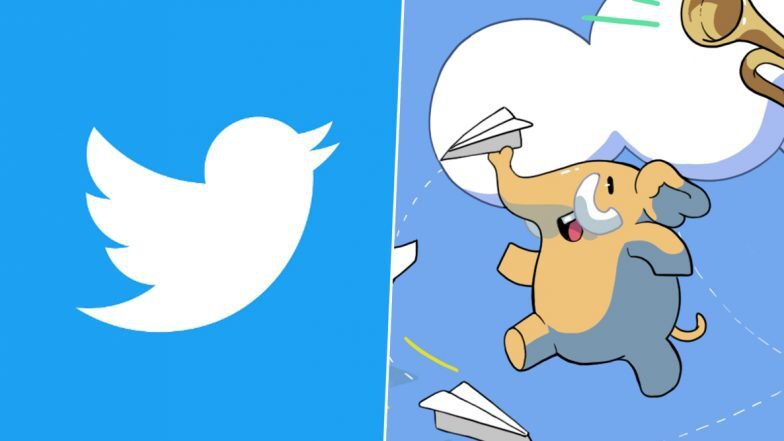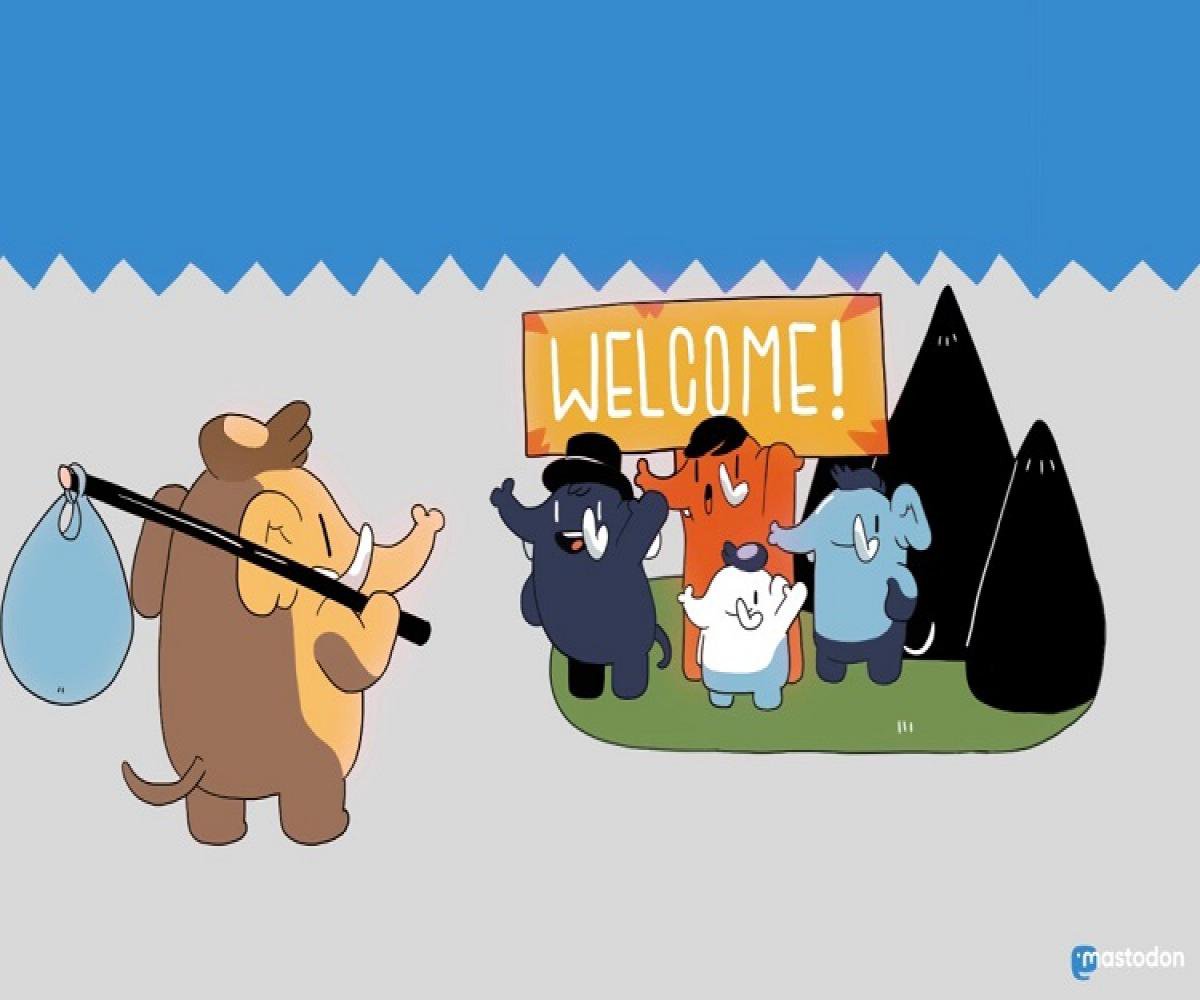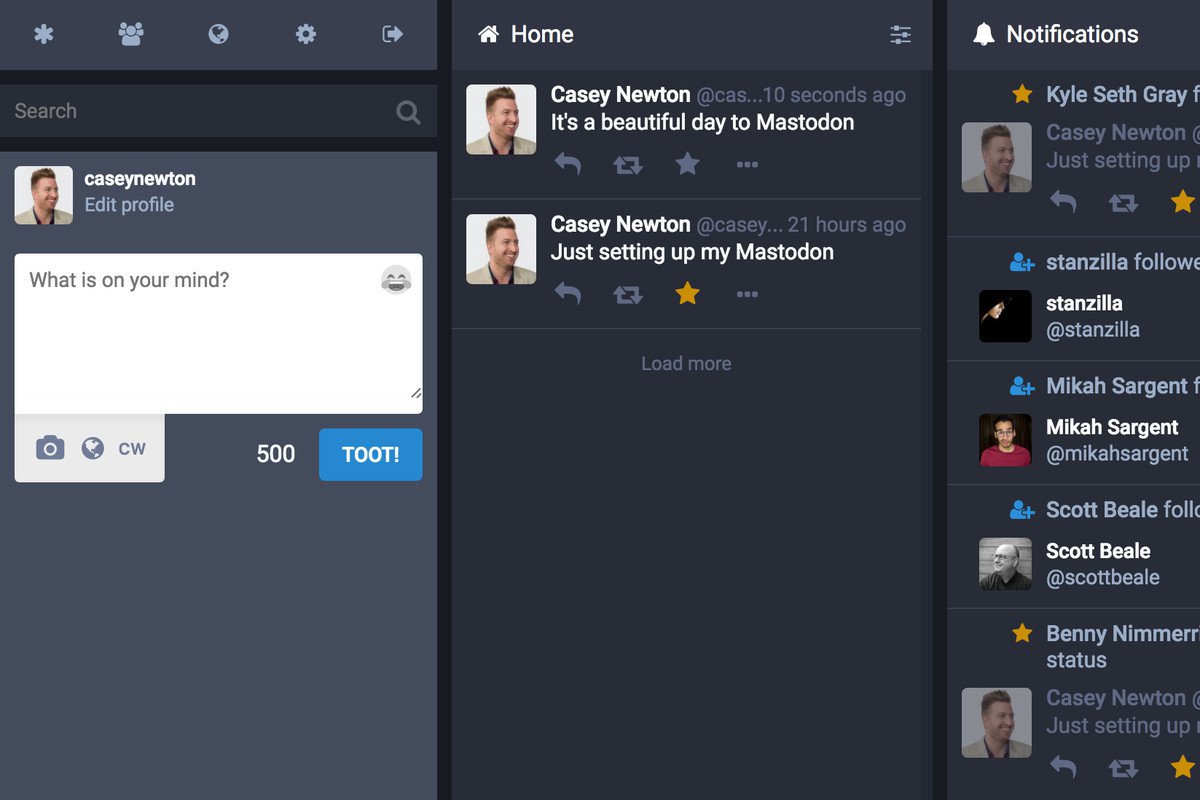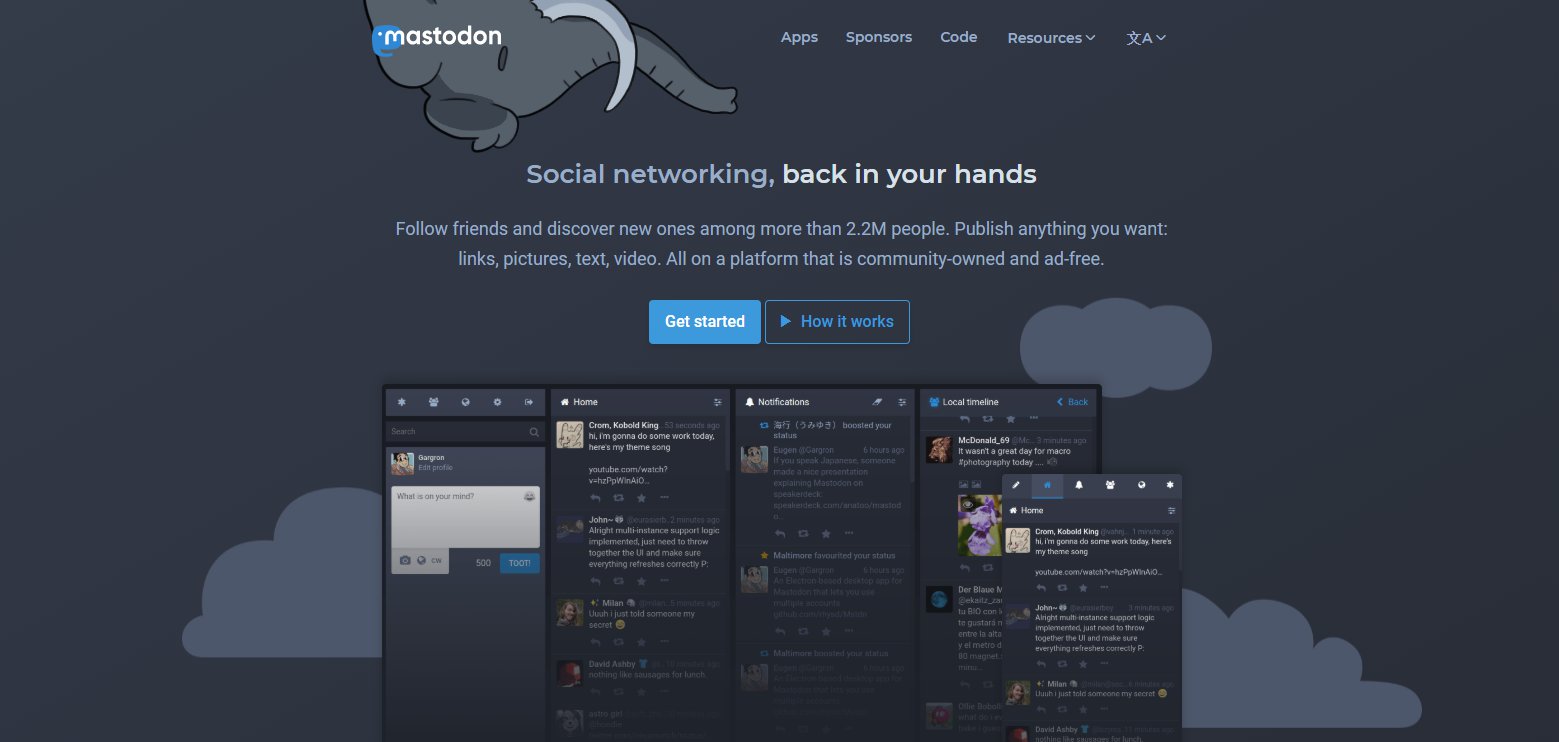After a major furore over Twitter’s policies on suspensions and verification of accounts, there is a mass migration taking place from Twitter to an open-source social networking platform called Mastodon.

Over the past few weeks, several users have accused Twitter of being casteist. These allegations came after accounts of prominent intellectuals from marginalized communities were suspended allegedly without any valid justification.


But what is Mastodon and how is it different from Twitter? Well, the social networking platform was created in 2016 by a German coder named Eugen Rochko.

Not just that, what’s really cool about it is that every server created is known as Instance and can have their own terms and conditions. The ownership of these Instances is held by the community that creates them, thus making the platform decentralised.
Within an instance, users are allowed to follow and interact with each other. They can also follow and interact with users from other instances.

Wondering how it works and how can you get in?
It is just like any other platform where you require an email ID, a username and a password. While layout of the platform is very similar to what we see on Twitter, Mastodon comes with the additional benefit of a 500 character limit for each message or Toot.

While platforms like Twitter have only two options of being a fully protected account or a public account, each message on Mastodon can either be public, appearing to your followers, the public timelines or anyone looking at your profile.
It also has a feature called lists for categorising all the people you follow. But unlike Twitter, you can’t add someone to a list unless you are already following them, also, the lists are visible to users only.

“I hear Mastodon is becoming popular in India now, that’s great news. Welcome everyone,” is the first post that greets you as you sign in to Mastodon.
Since the social platform is trending in India, you might want to give it a try.

















